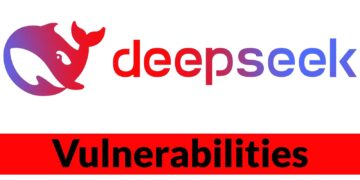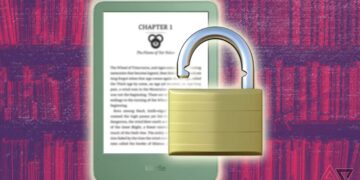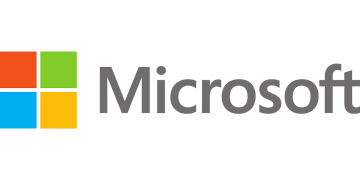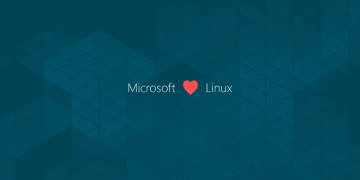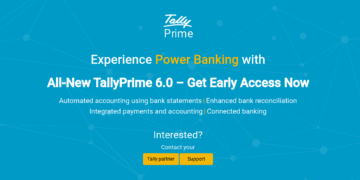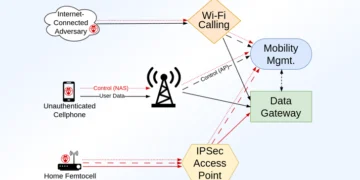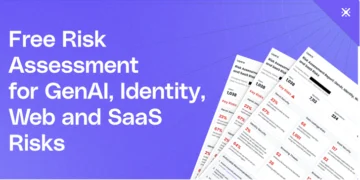As a result of the global pandemic and the transition to a predominantly remote workforce, IT employees of companies have faced various challenges and an increased workload since the beginning of this year.
Supporting end-users who are now operating from home has created new troubleshooting issues because it is not as easy as visiting the desk of an end-user to fix problems as they occur.
Password resets and other account-related events are one support problem common to both on-premises and remote end-users. These include locked out accounts, outdated passwords, and updates to passwords.
Implementing a solution for self-service password reset (SSPR) can be a fast win for IT employees who now help both on-site and remote employees and take care of other regular daily tasks.
Let ‘s look at why solutions to SSPR will lead to rapid results in reducing the overall burden of support on IT employees.

Increased Strain On IT Staff
For just about everybody, the global pandemic this year has been challenging. Most have seen improvements, reductions, expanded roles, and other modifications arising from the effect of Covid-19. When the global pandemic unfolded earlier this year, IT personnel were charged with providing virtually overnight remote access to resources effectively. This led to several tense days as IT employees could have struggled to technically make this feasible for all remote workers.
IT has been responsible for helping end-users who are still relying on home Internet access and, in some cases, even on personal devices to connect to corporate services following the initial provisioning of a remote work solution. As several others, due to market downturns associated with the pandemic, IT divisions may also have been subject to downsizing. All of these factors have contributed, among others, to enormous workloads on IT workers.
This sheds light on a variety of important factors that are emerging to help IT assist workers keep up with increased responsibilities and activities.
Those involve giving priority to:
Minimizing calls to the IT support desk with high volumes
Projects that rapidly maximize effectiveness
Implementing a solution for self-service password reset (SSPR) will accomplish both goals. The adoption of an SSPR solution helps reduce the total number of IT service desk calls. In addition, for an SSPR solution that is easy to implement and will start generating results almost immediately, IT will see a rapid time to value.
How Much Do Account-related Activities Cost Your Business?
According to analyst firms Gartner Group and Forrester Research, password reset is correlated with 20 percent -50 percent of help desk calls, and a single password reset call will cost around $70. So, if your service desk tries 500 calls a month, to add some background to those figures, theoretically 250 of those calls are password-related accounts for $17,500 a month in support costs!
Implementing a solution for self-service password reset (SSPR) will effectively remove the 250 calls in the example and save the company tens of thousands each month while freeing up IT employees to test other environmental problems. End-user efficiency, which is a bit difficult to measure, is another cost-saving that is not accounted for.
What is a Self-Service Password Reset (SSPR) Solution?
A self-service password reset system offers an automated way for end-users to address their account problems, including resetting passwords, accessing accounts and modifying passwords, without the need to communicate with the service desk.
End-users enrol in the system with SSPR and provide information that can be used later to check their identity when the need arises to access their account or reset their password. Security questions and one-time passcodes delivered over text or email are standard SSPR identity verification methods.
For instance, users can sign up with answers to predetermined questions or with their mobile or email address on the system. Users would have to verify themselves using the enrolled identity verification system to ensure that they are who they claim they are before being able to perform account-related acts. A completely automated solution without IT staff involvement is included in the workflow and enables end-users to almost instantly fix their problem.
Generally, full-featured SSPR solutions provide the company with the following advantages:
Quick implementation: From an infrastructure perspective, they are easy to implement and usually have a small footprint.
Measurable cost savings-SSPR solutions could theoretically slash service desk calls by up to 50 percent, statistically speaking. This can amount to considerable savings in time and effort from service desk professionals with the high cost of password resets. This has a trickle-down impact by allowing other problems to be given more time.
End-users no longer have to wait for service desk technicians to work through the queue and triage their password problem. Higher quality experience With the self-service mechanism made possible by the SSPR solution, account-related events, and password resets can be resolved instantly. Via an intuitive web-based GUI, this is easily achieved.
Increased security-Given that verification of IT service desk users are often non-existent or extremely unsafe, SSPR fills this void by ensuring that users are who they claim they are before resetting a password.
Not All SSPR Solutions Are Created Equal
For IT departments that are still spread thin due to the COVID-19 pandemic, implementing an efficient SSPR solution will definitely result in a fast win. Not all SSPR solutions are, however, produced equal. A significant part of an SSPR implementation ‘s performance depends on the solution itself’s features and functionality.
Some relevant characteristics that you can look for include:
Basic features of registration-pre-enrollment, admin registration, and options for compulsory enrollment.
Usability-the ability to quickly access and use the solution from many entry points (login screen, Internet, apps, etc.)
The ability to use current MFA tools supports current authentication forms used by users to access other applications at work.
You need to have 100 percent enforcement from an enrollment point of view in order for an SSPR solution in your setting to really be successful and lead to a fast win for IT. As such, the solution needs to either exclude end-users from the enrollment process or make the enrollment process compulsory while being easy to use and navigate.
An example of a fully-featured and stable SSPR solution that can ensure 100 percent registration and use of users is Specops uReset. Request a trial today for free.





